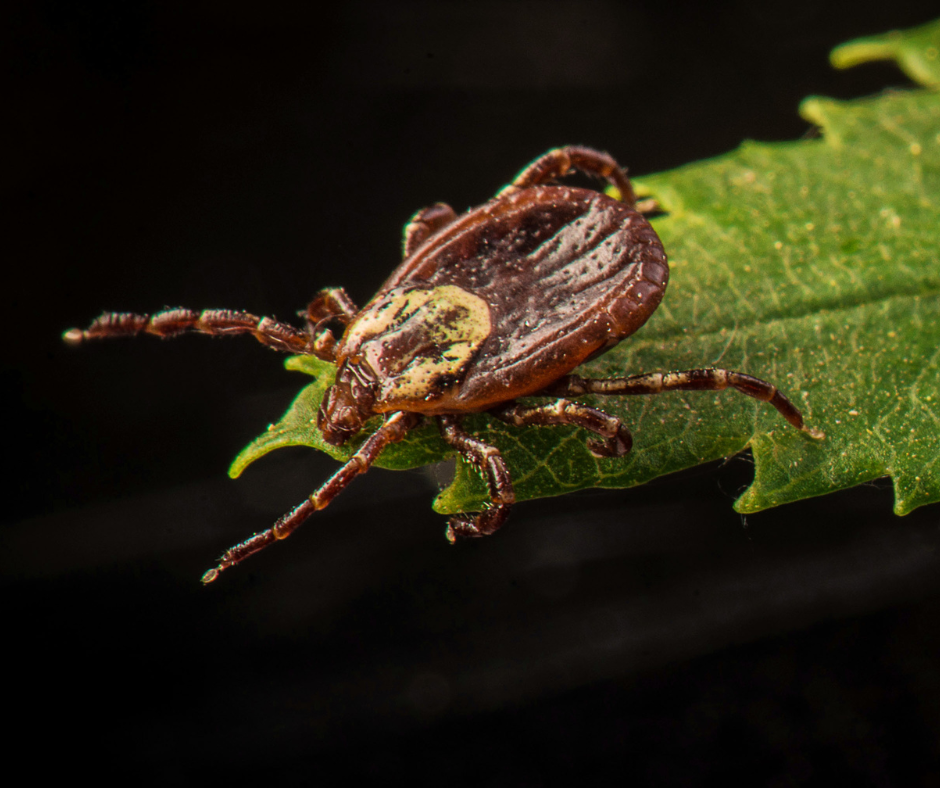

Ticks are more than just a nuisance…they’re vectors for serious diseases like Lyme disease, anaplasmosis, and Rocky Mountain spotted fever. While most people are familiar with adult ticks, fewer know about the early stages of their life cycle, particularly the egg stage. Understanding what a tick “nest” looks like can help you take proactive measures to protect your family and pets. Have you ever wondered, what does a tick nest look like?
Contrary to the term “nest,” ticks don’t build structures like birds or rodents. Instead, a “tick nest” refers to a cluster of eggs laid by a female tick. After feeding, a female tick can lay between 1,000 and 5,000 eggs in a single batch before dying . These egg masses are typically deposited in sheltered, humid environments where the larvae (also known as seed ticks) can hatch and find a host.

Tick egg masses are small, often no larger than a quarter. Stuck together, they are no larger than one inch. They resemble clusters of tiny, translucent to reddish-brown spheres, similar in appearance to caviar or fish roe . These clusters are usually found on the ground, nestled in leaf litter, grass, or soil.
It’s important to note that tick eggs are minuscule, each about the size of a period at the end of a sentence. This makes them difficult to spot, and they can easily be mistaken for other insect eggs or debris.

Once tick eggs hatch, they release larvae known as seed ticks. These are tiny, six-legged creatures that immediately seek out a host for their first blood meal. Seed ticks are often mistaken for specks of dirt or seeds due to their small size and dark color.
An encounter with seed ticks can result in numerous bites, as they often latch onto hosts in large numbers. This can lead to skin irritation and increases the risk of disease transmission.
Attempting to wash away or stomp on a tick nest may not be effective, as the eggs are resilient and can survive such efforts .
Tick nests are commonly located in areas that provide the right conditions for egg incubation:
These environments offer the humidity and protection necessary for the eggs to develop and hatch.
While all ticks reproduce by laying eggs, the quantity and environmental preferences vary by species. Here’s a closer look at how prolific some of the most common tick species in the U.S. are:

Deer ticks are small but dangerous. Female ticks feed on large hosts (like deer), detach, and then lay their eggs in secluded spots with high humidity.

American dog ticks are larger than deer ticks and often found in more open areas. They are incredibly prolific, laying one of the largest tick egg masses among North American ticks.

The Lone Star tick is aggressive and expanding its territory. Its egg masses are often deposited in sunny, brushy areas where hosts are plentiful.
The number of eggs a tick lays is directly related to the potential for infestation. A single female tick laying over 5,000 eggs could result in a localized population explosion if left unchecked. Understanding these reproductive capabilities can inform prevention strategies for homeowners and pet owners alike. Not only are tick eggs very difficult to spot, but their massive quantity also makes early detection and professional treatment all the more important.
Preventing tick nests involves reducing the likelihood of ticks laying eggs on your property:
Implementing these measures can significantly reduce the risk of tick infestations and the presence of tick nests.
For visual examples of tick nests and egg masses, refer to the following resources:
Understanding what a tick nest looks like and where it might be found is crucial in preventing tick-borne illnesses. Regular yard maintenance, protective measures for pets, and prompt removal of suspected tick nests can help safeguard your home environment.
If you’re concerned about ticks on your property, consider reaching out to professional pest control services for comprehensive solutions.